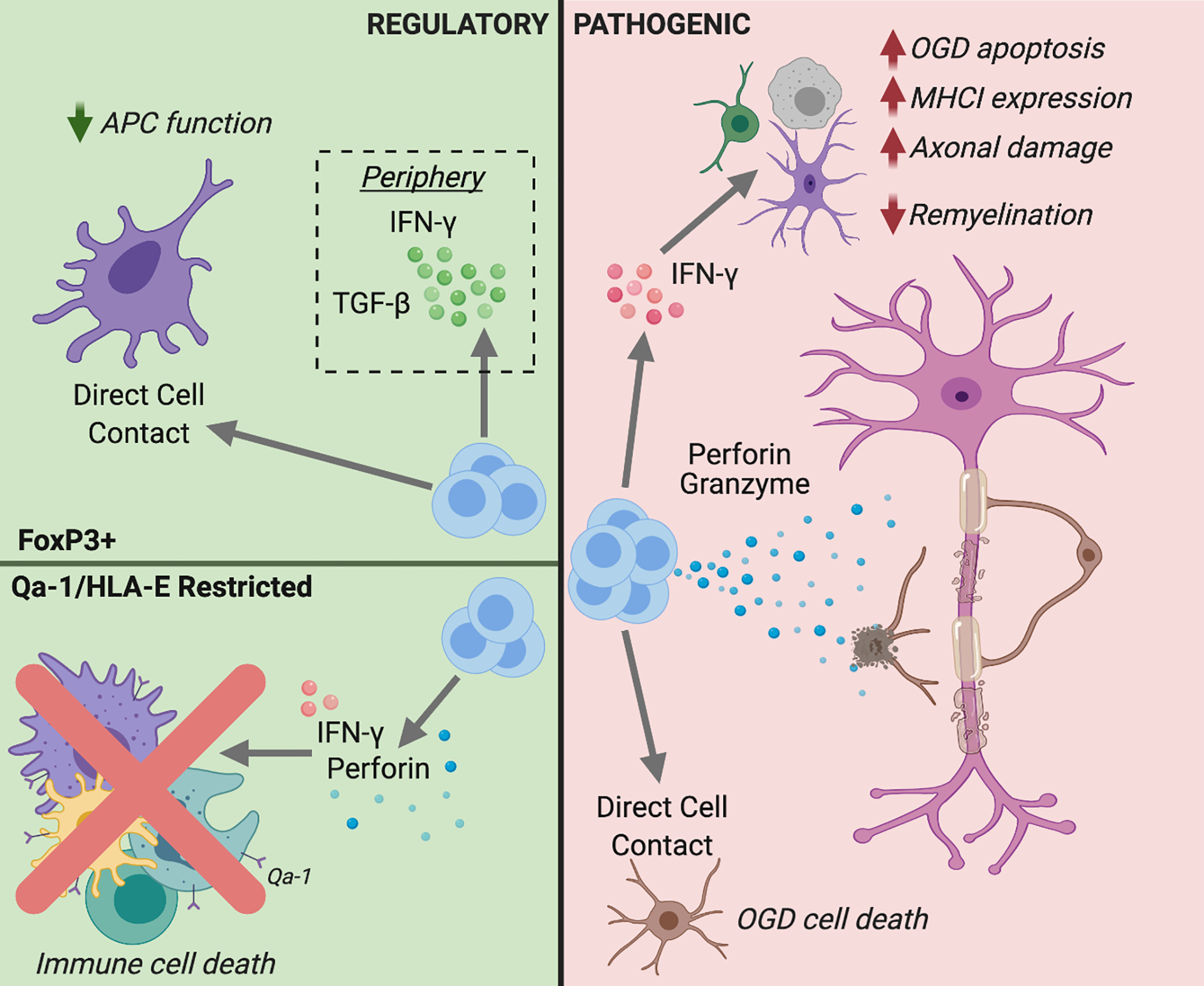Figure 1: Potential roles of CD8 T cells in MS.

CD8 T cells with regulatory (left panel/ green background) or pathogenic (right panel/ pink background) functions might be deployed during MS. FoxP3+ regulatory CD8 T cells have been shown to disarm antigen presenting cells (APC), as well as suppress encephalitogenic CD4 T cells directly, via cell-to-cell interactions or the release of immunosuppressive cytokines. Qa-1- (mouse) or HLA-E- (human) restricted CD8 T cells could curtail neuroinflammation by killing APC or CD4 effector cells via FasL, IFNγ,and/ or Perforin mediated pathways. The horizontal line in the left panel separates events in the CNS (above) from the periphery (below). Conversely, pathogenic mechanisms of CNS-infiltrating CD8 T cells include lysing oligodendrocytes and oligodendrocyte precursor cells, inflicting axonal damage, enhancing encephalitogenic CD4 T cell responses, and activating glia. Figure created with BioRender.com.
